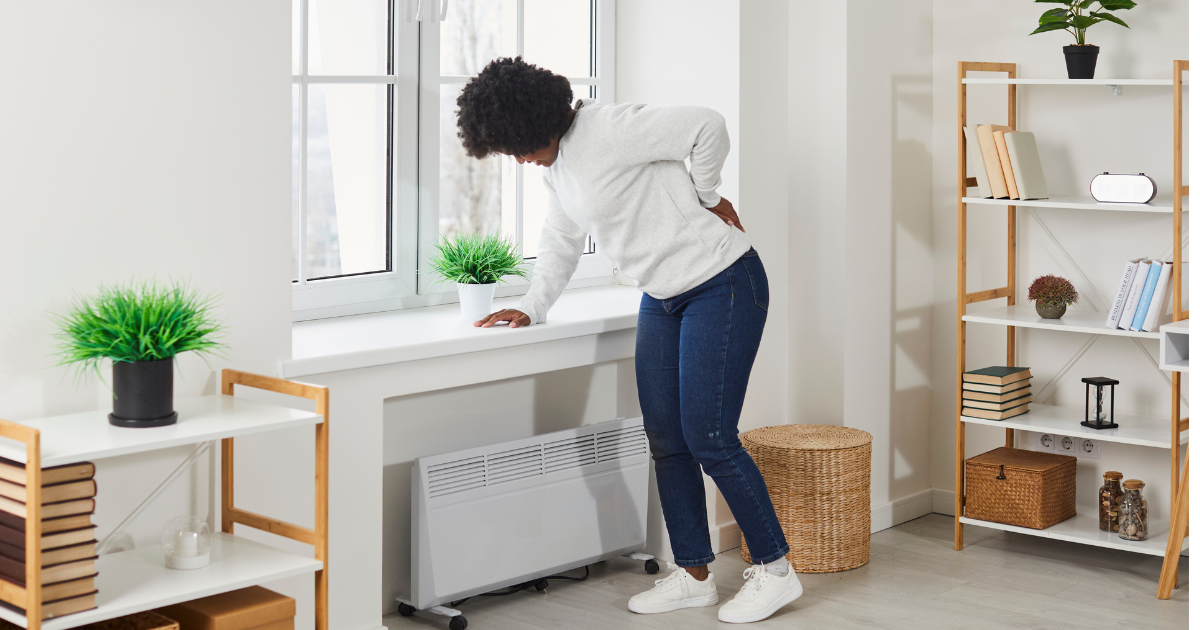vertigo, motion sensitivity, or balance issues, vestibular problems can seriously impact your daily
routines and confidence. But the good news is—there’s a proven way to fix it. For many in the
Chicago area, Vestibular Physical Therapy offers safe, drug-free relief that gets real results.
What Are Vestibular Problems?-
eye movements. Common causes include:
● Benign Paroxysmal Positional Vertigo (BPPV)
● Vestibular neuritis or labyrinthitis
● Meniere’s disease
● Concussions or head trauma
● Age-related degeneration
Signs You May Have a Vestibular Disorder
● Trouble focusing or blurred vision with movement
● Unsteady gait or frequent falls
● Nausea when moving your head
● Feeling disoriented in crowded or visually stimulating environments
How Do You Fix Vestibular Problems?
evaluation to pinpoint the root cause of your symptoms. Once we understand what’s going on,
we create a custom treatment plan using Vestibular Rehabilitation Therapy (VRT).
VRT includes:
● Canalith Repositioning Maneuvers (for BPPV)
● Gaze Stabilization Exercises to improve focus while moving
● Balance Training to rebuild stability and confidence
● Habituation Exercises to reduce motion sensitivity
How Long Does It Take?
and how consistently you follow your plan. The goal is to reduce symptoms, improve your
balance, and help you get back to doing the things you love.
Why Choose Elite Physical Therapy?
recovery. You’ll get one-on-one care tailored to your needs—right here in your neighborhood.
📍Conveniently located in Willowbrook, IL, serving Willowbrook, Hinsdale, Oak Brook,
Woodridge, Lemont, Naperville, Clarendon Hills, Elmhurst, La Grange, and Downers
Grove.
📞 Call us today at (630) 299-5870 to schedule an appointment
💻 Book your consultation online at www.elitephysicaltherapyclinic.com















